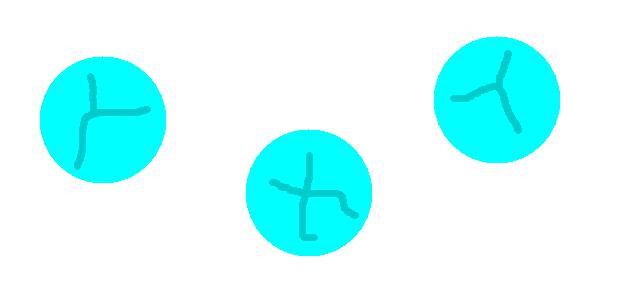- Joined
- Jun 16, 2006
- Messages
- 3,645
- Reaction score
- 85
- Points
- 233
- Location
- La Verne, California
- Printer Model
- Epson WP-4530
The first inkjet printer I bought was an Epson CX4600 which used DURABrite ink and so I also bought some 8.5x11 Glossy Photo Paper which claimed that it was "Compatible with DURABrite Inks" and it also "Works With All Ink Jet Printers". I planned to re-ink but when I discovered from Neil Slade's website that the DURABrite inks were pigment based and that the re-inking kit I bought was dye-based, I returned the printer and re-inking kit and launched into the world of Canon printers. Since I had opened the package of paper, I kept it, knowing that it would also work with my dye-based printer. It has worked and the printouts look fine.
However, I looked at the ink droplets under a microscope and found that the dots are not of consistent color. With Canon photo paper the dots are well-defined and just one color. I tried to take some pictures but they just weren't clear so I have drawn a picture of what the dots look like on the Epson DURABrite paper:

It appears that maybe half the ink forms a dot but the other half of the droplet can't get absorbed into the paper and forms a "scab" on the surface of the dot. This has to significantly alter the intended appearance of the image, although it is still acceptable. I can understand how this characteristic of the paper might be ideal for pigment inks but from now on, I'm not going to buy paper that also works with pigment ink.
However, I looked at the ink droplets under a microscope and found that the dots are not of consistent color. With Canon photo paper the dots are well-defined and just one color. I tried to take some pictures but they just weren't clear so I have drawn a picture of what the dots look like on the Epson DURABrite paper:

It appears that maybe half the ink forms a dot but the other half of the droplet can't get absorbed into the paper and forms a "scab" on the surface of the dot. This has to significantly alter the intended appearance of the image, although it is still acceptable. I can understand how this characteristic of the paper might be ideal for pigment inks but from now on, I'm not going to buy paper that also works with pigment ink.
